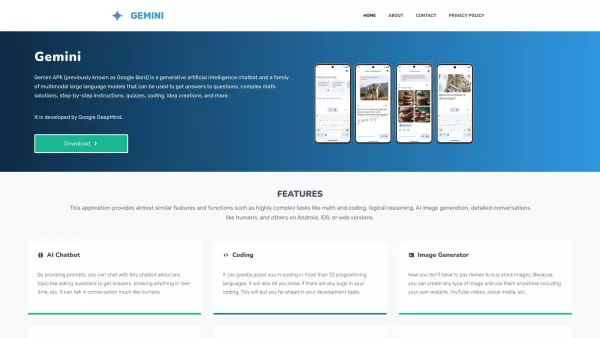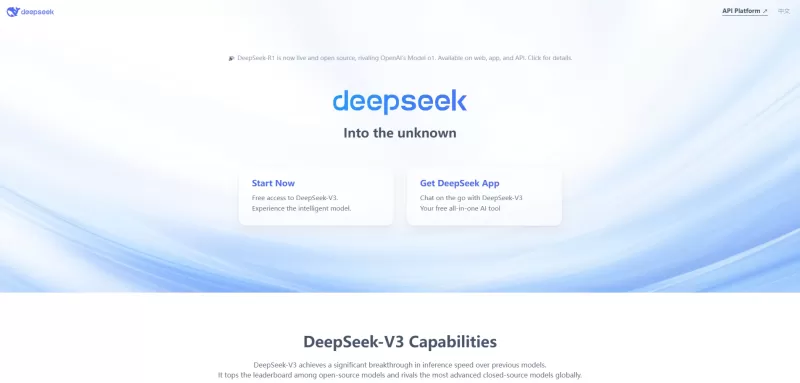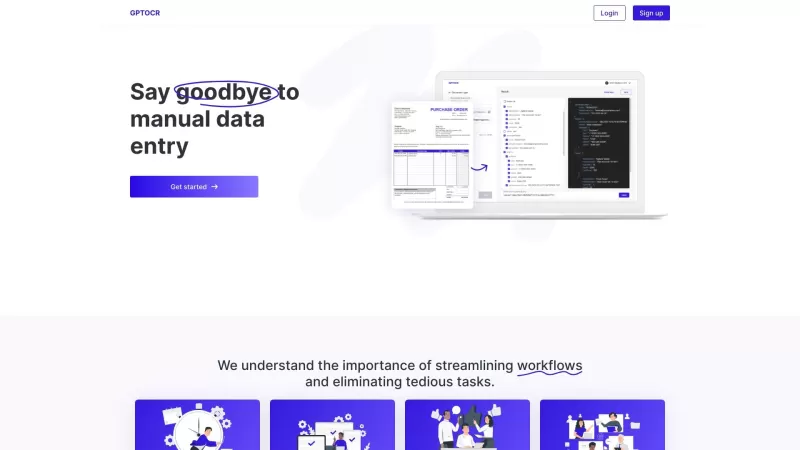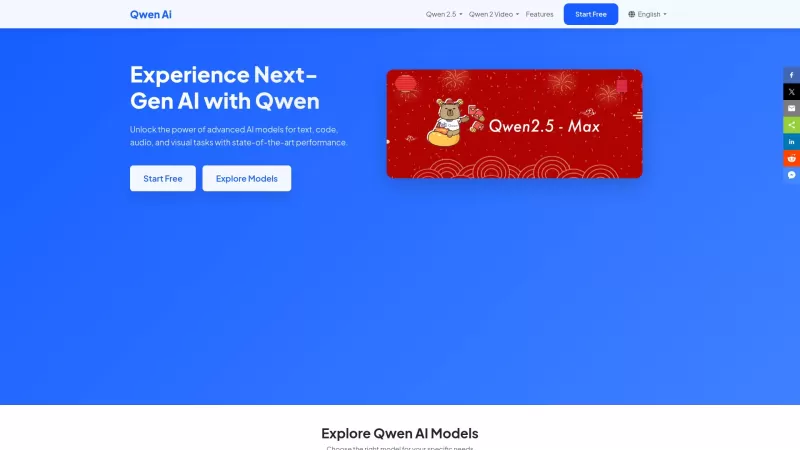AI Evaluation Requires Real-World Performance Review Beyond Benchmarks
If you've been tracking AI advancements, you've undoubtedly encountered headlines announcing record-breaking benchmark performances. From computer vision tasks to medical diagnostics, these standardized tests have long served as the definitive measure of AI capabilities. Yet these impressive scores often mask critical limitations - a model that aces controlled benchmarks may struggle dramatically when deployed in actual use cases. In this analysis, we'll examine why conventional benchmarks fail to assess true AI effectiveness and explore evaluation frameworks that better address real-world complexity, ethics, and practical utility.
The Appeal of Benchmarks
For decades, AI benchmarks have provided crucial standardized testing grounds. Datasets like ImageNet for visual recognition or BLEU for translation quality offer controlled environments to measure specific capabilities. These structured competitions have accelerated progress by enabling direct performance comparisons and fostering healthy scientific competition. The ImageNet challenge famously catalyzed the deep learning revolution by demonstrating unprecedented accuracy gains in computer vision.
However, these static evaluations often present an oversimplified reality. Models optimized for benchmark performance frequently exploit dataset idiosyncrasies rather than developing genuine understanding. A telling example emerged when an animal classification model trained to distinguish wolves from huskies learned to rely on snowy backgrounds (common in wolf training images) rather than actual anatomical features. This phenomenon illustrates Goodhart's Law in action: when benchmarks become targets, they often cease to be effective measures.
Human Expectations vs. Metric Scores
The fundamental disconnect between benchmark metrics and human needs becomes particularly evident in language applications. While BLEU scores quantify translation quality through word overlap with reference texts, they fail to assess semantic accuracy or linguistic naturalness. Similarly, text summarization models may achieve high ROUGE scores while missing key points or producing incoherent output that would frustrate human readers.
Generative AI introduces additional complications. Large language models achieving stellar results on the MMLU benchmark can still fabricate convincing falsehoods - as demonstrated when an AI-generated legal brief cited non-existent case law. These "hallucinations" highlight how benchmarks assessing factual recall often overlook truthfulness and contextual appropriateness.
Challenges of Static Benchmarks in Dynamic Contexts
Adapting to Changing Environments
Controlled benchmark conditions poorly reflect real-world unpredictability. Conversational AI that excels at single-turn queries may falter when handling multi-threaded dialogues with slang or typos. Autonomous vehicles performing flawlessly in ideal conditions can struggle with obscured signage or adverse weather. These limitations reveal how static tests fail to capture operational complexity.
Ethical and Social Considerations
Standard benchmarks rarely evaluate model fairness or potential harms. A facial recognition system may achieve benchmark-breaking accuracy while systematically misidentifying certain demographics due to biased training data. Similarly, language models can produce toxic or discriminatory content despite excellent fluency scores.
Inability to Capture Nuanced Aspects
While benchmarks effectively measure surface-level performance, they often miss deeper cognitive capabilities. A model might generate grammatically perfect but factually inaccurate responses, or create visually realistic images with disturbing content. These failures demonstrate the critical distinction between technical proficiency and practical usefulness.
Contextual Adaptation and Reasoning
Benchmarks typically use data resembling training sets, providing limited insight into a model's ability to handle novel situations. The true test comes when systems encounter unexpected inputs or must apply logical reasoning beyond pattern recognition. Current evaluation methods often fail to assess these higher-order cognitive skills.
Beyond Benchmarks: A New Approach to AI Evaluation
Emerging evaluation paradigms aim to bridge the gap between lab performance and real-world effectiveness through:
- Human-in-the-Loop Assessment: Incorporating expert and end-user evaluations of output quality, appropriateness and utility
- Real-World Deployment Testing: Validating models in authentic, uncontrolled environments that mirror actual use cases
- Robustness and Stress Testing: Challenging systems with adversarial conditions and edge cases to evaluate resilience
- Multidimensional Metrics: Combining traditional performance measures with assessments of fairness, safety and ethical considerations
- Domain-Specific Validation: Tailoring evaluation frameworks to particular industry requirements and operational contexts
The Path Forward
While benchmarks have driven remarkable AI progress, the field must evolve beyond leaderboard chasing. True innovation requires evaluation frameworks that prioritize:
- Human-centric performance standards
- Real-world deployment validity
- Ethical and safety considerations
- Adaptability to novel situations
- Holistic assessment of capabilities
The next frontier of AI development demands evaluation methods as sophisticated as the technology itself - methods that measure not just technical prowess, but genuine usefulness, reliability and responsibility in complex real-world environments.
Related article
 Atheist and Believer AI Clash Over Moral Argument in Heated Debate
When artificial intelligence systems with diametrically opposed philosophical frameworks engage in ethical debate, what insights emerge? This groundbreaking experiment staged an intellectual confrontation between an Atheist AI and Believer AI, focusi
Atheist and Believer AI Clash Over Moral Argument in Heated Debate
When artificial intelligence systems with diametrically opposed philosophical frameworks engage in ethical debate, what insights emerge? This groundbreaking experiment staged an intellectual confrontation between an Atheist AI and Believer AI, focusi
 OpenAI Upgrades ChatGPT Pro to o3, Boosting Value of $200 Monthly Subscription
This week witnessed significant AI developments from tech giants including Microsoft, Google, and Anthropic. OpenAI concludes the flurry of announcements with its own groundbreaking updates - extending beyond its high-profile $6.5 billion acquisition
OpenAI Upgrades ChatGPT Pro to o3, Boosting Value of $200 Monthly Subscription
This week witnessed significant AI developments from tech giants including Microsoft, Google, and Anthropic. OpenAI concludes the flurry of announcements with its own groundbreaking updates - extending beyond its high-profile $6.5 billion acquisition
 US Government Invests in Intel to Boost Domestic Semiconductor Production
The Trump administration has prioritized establishing U.S. leadership in artificial intelligence, with reshoring semiconductor production serving as a cornerstone strategy. Recent policy moves, including proposed tariffs and financial incentives, dem
Comments (0)
0/200
US Government Invests in Intel to Boost Domestic Semiconductor Production
The Trump administration has prioritized establishing U.S. leadership in artificial intelligence, with reshoring semiconductor production serving as a cornerstone strategy. Recent policy moves, including proposed tariffs and financial incentives, dem
Comments (0)
0/200
If you've been tracking AI advancements, you've undoubtedly encountered headlines announcing record-breaking benchmark performances. From computer vision tasks to medical diagnostics, these standardized tests have long served as the definitive measure of AI capabilities. Yet these impressive scores often mask critical limitations - a model that aces controlled benchmarks may struggle dramatically when deployed in actual use cases. In this analysis, we'll examine why conventional benchmarks fail to assess true AI effectiveness and explore evaluation frameworks that better address real-world complexity, ethics, and practical utility.
The Appeal of Benchmarks
For decades, AI benchmarks have provided crucial standardized testing grounds. Datasets like ImageNet for visual recognition or BLEU for translation quality offer controlled environments to measure specific capabilities. These structured competitions have accelerated progress by enabling direct performance comparisons and fostering healthy scientific competition. The ImageNet challenge famously catalyzed the deep learning revolution by demonstrating unprecedented accuracy gains in computer vision.
However, these static evaluations often present an oversimplified reality. Models optimized for benchmark performance frequently exploit dataset idiosyncrasies rather than developing genuine understanding. A telling example emerged when an animal classification model trained to distinguish wolves from huskies learned to rely on snowy backgrounds (common in wolf training images) rather than actual anatomical features. This phenomenon illustrates Goodhart's Law in action: when benchmarks become targets, they often cease to be effective measures.
Human Expectations vs. Metric Scores
The fundamental disconnect between benchmark metrics and human needs becomes particularly evident in language applications. While BLEU scores quantify translation quality through word overlap with reference texts, they fail to assess semantic accuracy or linguistic naturalness. Similarly, text summarization models may achieve high ROUGE scores while missing key points or producing incoherent output that would frustrate human readers.
Generative AI introduces additional complications. Large language models achieving stellar results on the MMLU benchmark can still fabricate convincing falsehoods - as demonstrated when an AI-generated legal brief cited non-existent case law. These "hallucinations" highlight how benchmarks assessing factual recall often overlook truthfulness and contextual appropriateness.
Challenges of Static Benchmarks in Dynamic Contexts
Adapting to Changing Environments
Controlled benchmark conditions poorly reflect real-world unpredictability. Conversational AI that excels at single-turn queries may falter when handling multi-threaded dialogues with slang or typos. Autonomous vehicles performing flawlessly in ideal conditions can struggle with obscured signage or adverse weather. These limitations reveal how static tests fail to capture operational complexity.
Ethical and Social Considerations
Standard benchmarks rarely evaluate model fairness or potential harms. A facial recognition system may achieve benchmark-breaking accuracy while systematically misidentifying certain demographics due to biased training data. Similarly, language models can produce toxic or discriminatory content despite excellent fluency scores.
Inability to Capture Nuanced Aspects
While benchmarks effectively measure surface-level performance, they often miss deeper cognitive capabilities. A model might generate grammatically perfect but factually inaccurate responses, or create visually realistic images with disturbing content. These failures demonstrate the critical distinction between technical proficiency and practical usefulness.
Contextual Adaptation and Reasoning
Benchmarks typically use data resembling training sets, providing limited insight into a model's ability to handle novel situations. The true test comes when systems encounter unexpected inputs or must apply logical reasoning beyond pattern recognition. Current evaluation methods often fail to assess these higher-order cognitive skills.
Beyond Benchmarks: A New Approach to AI Evaluation
Emerging evaluation paradigms aim to bridge the gap between lab performance and real-world effectiveness through:
- Human-in-the-Loop Assessment: Incorporating expert and end-user evaluations of output quality, appropriateness and utility
- Real-World Deployment Testing: Validating models in authentic, uncontrolled environments that mirror actual use cases
- Robustness and Stress Testing: Challenging systems with adversarial conditions and edge cases to evaluate resilience
- Multidimensional Metrics: Combining traditional performance measures with assessments of fairness, safety and ethical considerations
- Domain-Specific Validation: Tailoring evaluation frameworks to particular industry requirements and operational contexts
The Path Forward
While benchmarks have driven remarkable AI progress, the field must evolve beyond leaderboard chasing. True innovation requires evaluation frameworks that prioritize:
- Human-centric performance standards
- Real-world deployment validity
- Ethical and safety considerations
- Adaptability to novel situations
- Holistic assessment of capabilities
The next frontier of AI development demands evaluation methods as sophisticated as the technology itself - methods that measure not just technical prowess, but genuine usefulness, reliability and responsibility in complex real-world environments.
 Atheist and Believer AI Clash Over Moral Argument in Heated Debate
When artificial intelligence systems with diametrically opposed philosophical frameworks engage in ethical debate, what insights emerge? This groundbreaking experiment staged an intellectual confrontation between an Atheist AI and Believer AI, focusi
Atheist and Believer AI Clash Over Moral Argument in Heated Debate
When artificial intelligence systems with diametrically opposed philosophical frameworks engage in ethical debate, what insights emerge? This groundbreaking experiment staged an intellectual confrontation between an Atheist AI and Believer AI, focusi
 OpenAI Upgrades ChatGPT Pro to o3, Boosting Value of $200 Monthly Subscription
This week witnessed significant AI developments from tech giants including Microsoft, Google, and Anthropic. OpenAI concludes the flurry of announcements with its own groundbreaking updates - extending beyond its high-profile $6.5 billion acquisition
OpenAI Upgrades ChatGPT Pro to o3, Boosting Value of $200 Monthly Subscription
This week witnessed significant AI developments from tech giants including Microsoft, Google, and Anthropic. OpenAI concludes the flurry of announcements with its own groundbreaking updates - extending beyond its high-profile $6.5 billion acquisition
 US Government Invests in Intel to Boost Domestic Semiconductor Production
The Trump administration has prioritized establishing U.S. leadership in artificial intelligence, with reshoring semiconductor production serving as a cornerstone strategy. Recent policy moves, including proposed tariffs and financial incentives, dem
US Government Invests in Intel to Boost Domestic Semiconductor Production
The Trump administration has prioritized establishing U.S. leadership in artificial intelligence, with reshoring semiconductor production serving as a cornerstone strategy. Recent policy moves, including proposed tariffs and financial incentives, dem





























